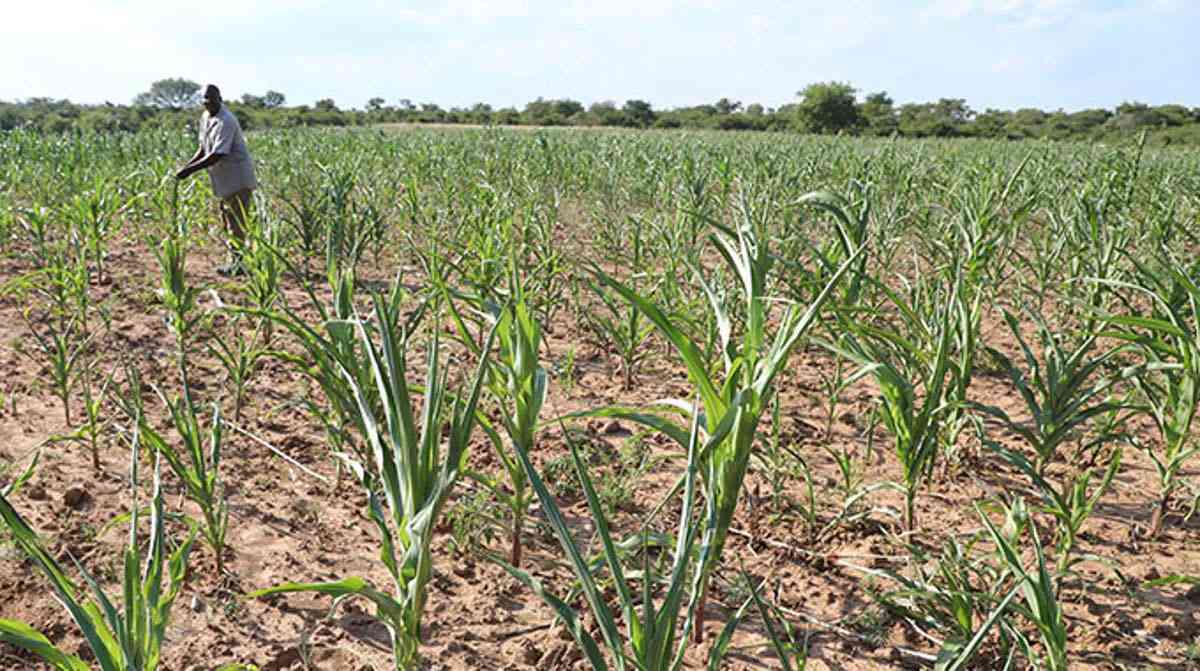
THE World Bank (WB) says Zimbabwe’s exchange rate volatility and large surrender requirements for exporters have pushed many companies into the informal sector.
In a report titled Country Private Sector Diagnostic (CPSD) released last week, the WB said that by moving into the informal sector, companies were now faced with limited access to funding from banks.
Zimbabwe has been battling to contain exchange rate volatility, currency depreciation, high inflation, power cuts and foreign currency shortages.
These are only a few of many headwinds confronting the economy.
An El Niño-induced drought tearing through half a dozen southern African countries has also amplified Zimbabwe’s crisis.
Under current regulations, exporters are required to surrender 25% of their export proceeds to the central bank, which gives them Zimbabwe dollars at the prevailing exchange.
As such, some companies have cut down on export volumes to minimise exchange rate losses.
“Price and exchange rate volatility (and) large export surrender requirements have pushed many companies into the informal sector, limiting their ability to obtain financing from the banking system and further reducing the tax base,” the WB said.
- Zim has 2nd highest rising food prices: WB
- 'Market discipline difficult to maintain'
- Govt policy unpredictability destroying formal economy
- UZ fiasco shows govt is aloof
Keep Reading
“Many foreign exchange transactions take place in the informal sector, further intensifying pressure on the parallel market exchange rate. Inflation has been consistently high…in recent years and reached more than 550% during the Covid-19 period in 2020, with the local currency weakening at a fast pace.”
The global lender noted that Zimbabwe's concentration on three exports commodities-gold, platinum, and tobacco-known for their price instability has increased the unpredictability of export earnings and fiscal revenues and complicated macroeconomic management.
In addition, recent increases in the global prices of food, energy, and fertilizers due to the Russia-Ukraine conflict have significantly reduced the purchasing power of households and elevated the costs of production.
It indicated that continuous macroeconomic challenges, a lack of a predictable, transparent, and non-discriminatory business climate, high levels of uncertainty and lack of long-term finance have resulted in limited investment in the county.
“Zimbabwe is lagging its aspirational peers, such as the Arab Republic of Egypt, Indonesia and Türkiye on FDI (foreign direct investment). After picking up in 2018 to US$718 million-largely reflecting one-off investments in the mining sector-FDI in Zimbabwe dropped to US$341 million in 2022,” the lender said.
“The economy remains highly concentrated on a few products; with a small number of export products-mostly minerals and tobacco-generating the bulk of foreign exchange revenues.”
“The agricultural sector continues to retain a sizeable share of production and employment in the economy and the bulk of lending, with significant government support and intervention.”
However, the WB said the level of productivity in the sector is the lowest across the economy, especially for food crops, with only tobacco and cotton demonstrating relatively high productivity.
At the same time, it highlighted that higher value- added sectors, such as manufacturing and high-productivity services, employ a smaller share of workers and have a lower share of lending.
To identify sectors for diversification and value addition with high growth potential, the CPSD used five criteria, namely revealed comparative advantage (RCA), evolution of global demand, employment elasticity of the sector, prospects for greater domestic value addition, such as through diversification into related manufacturing sectors and private sector track record and interest.
Using these criteria, agriculture and agro-processing, tourism, and mining were identified as sectors with high growth potential.
“The RCA analysis suggests that Zimbabwe is competitive in several value chains in agriculture and agro-processing, tourism, and mining,” the report reads in part.
“The commodities in which the country is highly ranked at the global level in terms of export performance including tobacco, sugar, and cotton, have high RCA scores. Historical global demand growth shows considerable potential for commodities such as citrus, edible vegetables, cereals, meat, and dairy products.”
Zimbabwe is a mineral-rich and highly mining-dependent country. This dependence, the WB noted, reflects the presence of high-quality and high-value mineral resources. The country boasts large platinum, as well as high-grade chromium ores, with approximately 2,8 billion tonnes of platinum group metals and 10 billion tonnes of chromium ore.
Zimbabwe also holds one of Africa's largest lithium reserves.
“Demand projections associated with net zero pledges have improved the long-term prospects of Zimbabwe's store of energy transition minerals, notably lithium, nickel, and copper, which are required to support renewable energy supplies, and PGMs needed for the emerging hydrogen economy,” it said.
The global lender also said tourism has the potential to play a significant role in the country's economic recovery.











